As we get older, the water content of our spinal discs decrease. This results in a dryer disc, reduction in height, and a wearing down of the disc itself. It is a normal process of aging, as the combination of time (age) and stress will influence how spinal discs interact with the rest of the human body. Hence the name “Degenerative Disc Disease”. This condition is often diagnosed via MRI, as it can see the integrity of the discs and the height. Sometimes this may be the cause of sciatica. Remember, sciatica pain is a description of where the pain is located (along the sciatic nerve, which runs down the leg). Here’s an interesting fact, most disc degeneration is asymptomatic, aka without pain. It is actually a normal process of aging. Why is it so scary? It is because the industry added the word “disease”. (Might as well call wrinkles a disease too, it’s another normal aging process)
The pain that we feel is protective. It helps us make better decisions to prevent us from getting hurt even further. Sometimes when we are in pain and receive a diagnosis, it shifts the attention from “what is wrong with me” to “this is the problem”. This scenario provides us with a little bit of clarity on what is going on within the human body. But as described in the fact above, most degenerative discs are asymptomatic. So what is the difference between someone who has pain and someone who doesn’t?
It is a multitude of factors which includes: strength, flexibility, activity levels, psychosocial state, emotional state, and beliefs about the human body. There are many other factors that come into play which influence how we react to situations like this. There are two major mechanisms in which DDD is theorized to influence pain:
A herniated disc, which I discussed last week. If you missed it, here are some thoughts:
2) Exercises to heal a herniated disc
3) Exercises that worsen a herniated disc
4)Exercise of questionable value for a herniated disc
The second mechanism is caused by altered mechanics of the spine. If you rub bones together, they will actually increase bone production. So with excessive bone rubbing around the vertebrae will result in smaller openings that allow the nerve to pass through. This leads to opportunities for the nerves exiting the spine to pinch and cause pain.
So what are the steps to managing pain caused by DDD? The steps are simple:
1) Identify the positions/stretches/exercises that reduce the pain; we’ll do more of them (symptom mitigation)
2) Identify the positions/stretches/exercises that make the pain worse; we’ll do less of them or modify (symptom prevention)
3) Build a plan to return back to living pain free (behavioral modification)
Over the next couple days I’ll share with you some key strategies on how to manage this diagnosis if it is the cause of your pain. Stay tuned.
Do you have any questions about the spine, sciatica, or general pain? I would be happy to answer them for you. Just reply to this email and I’ll find an answer for you.

